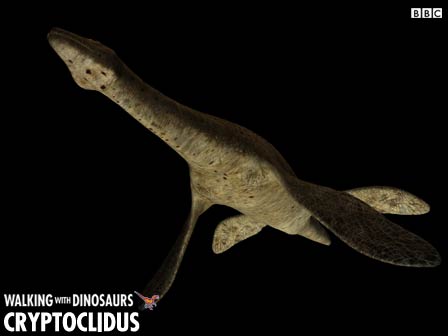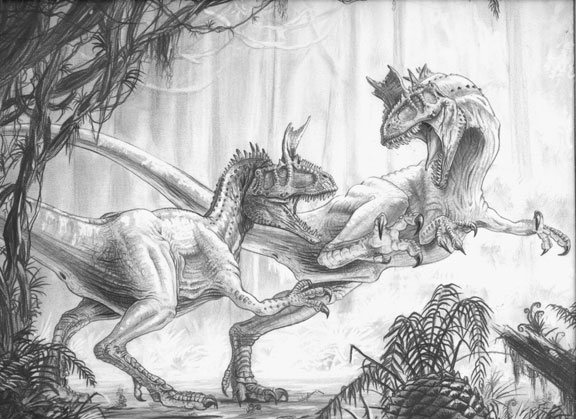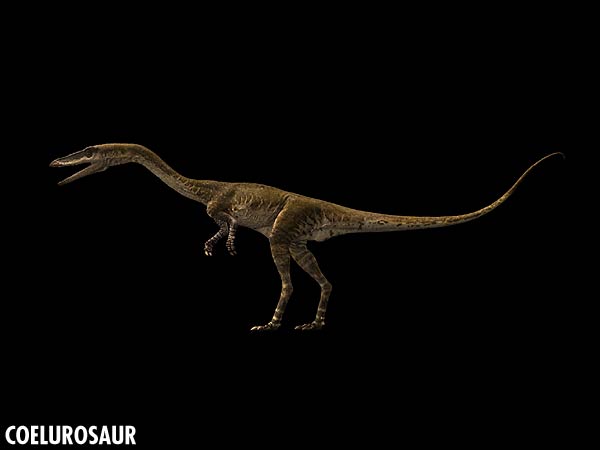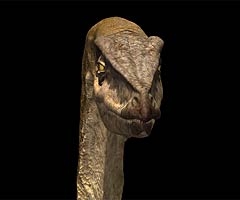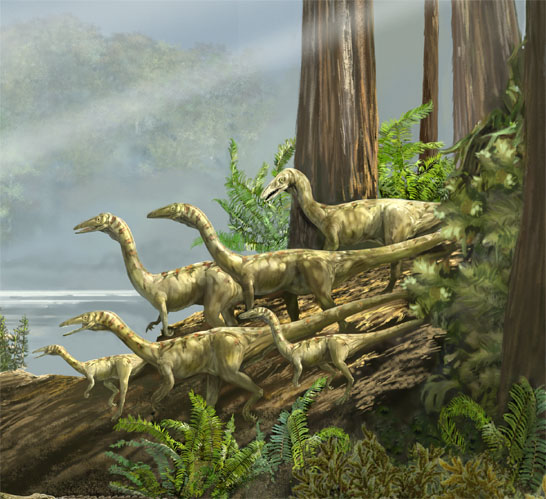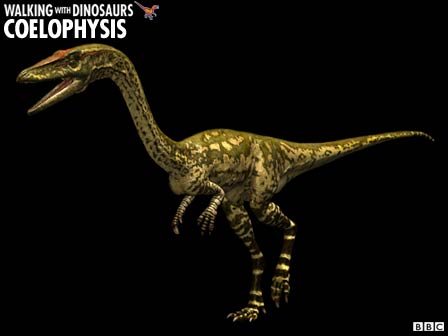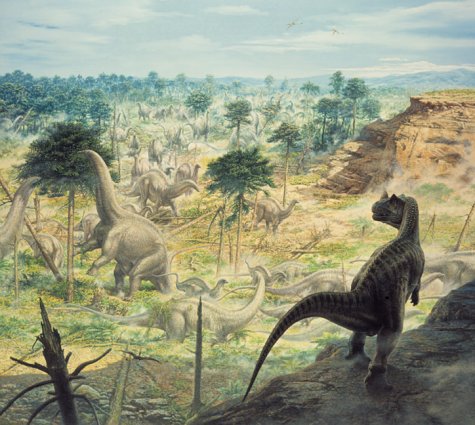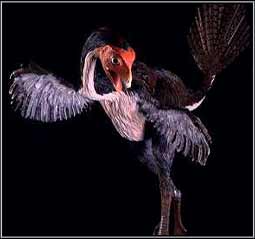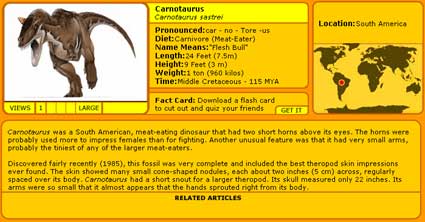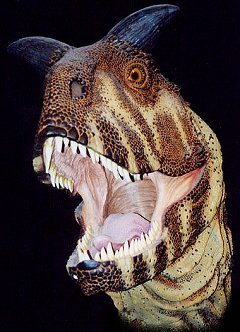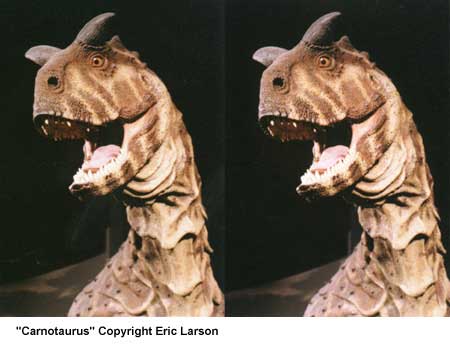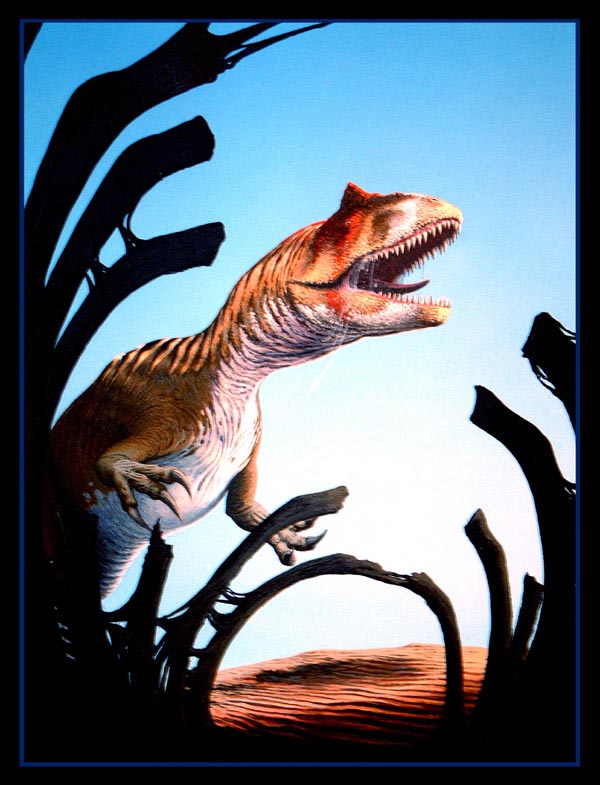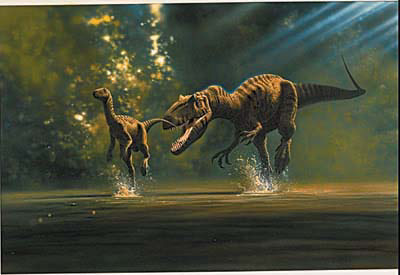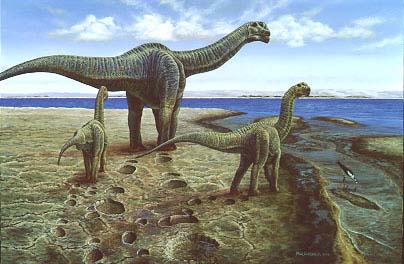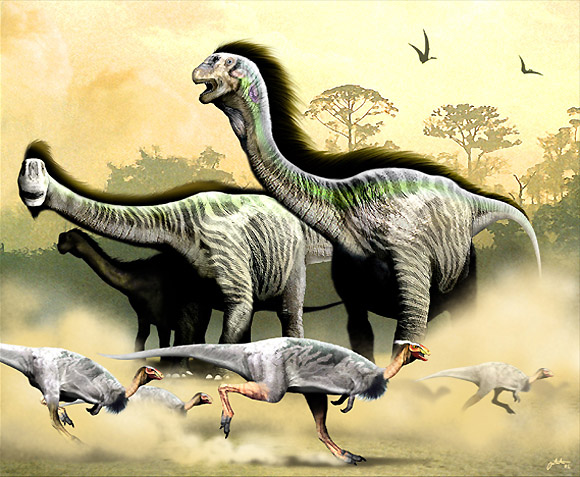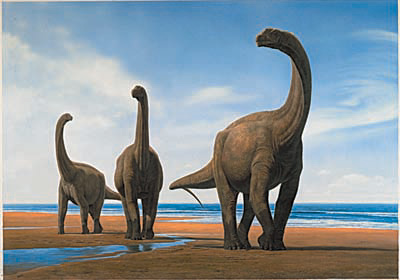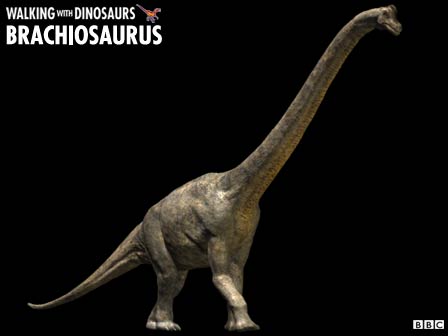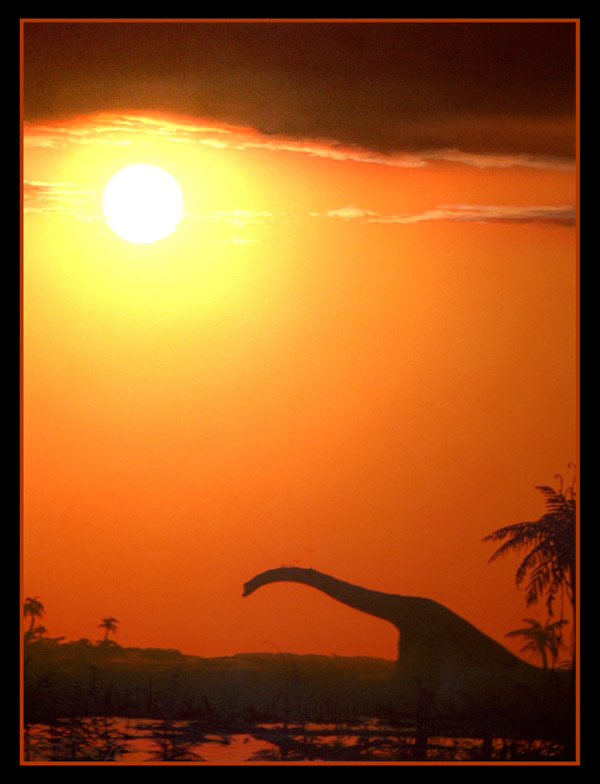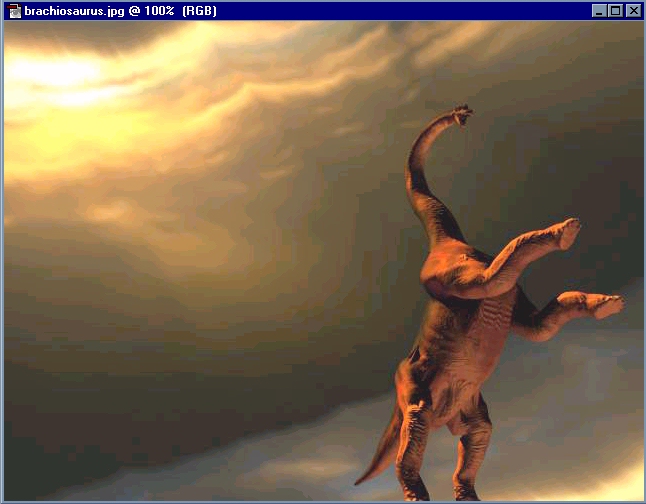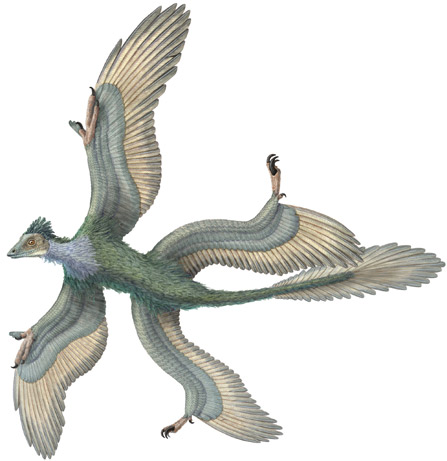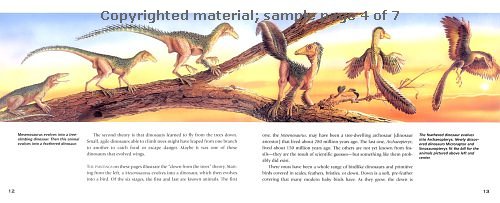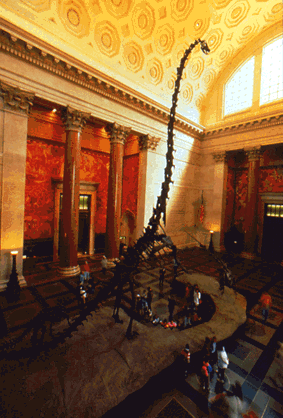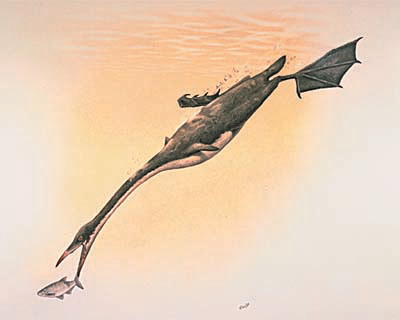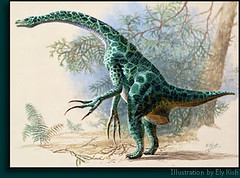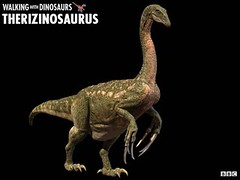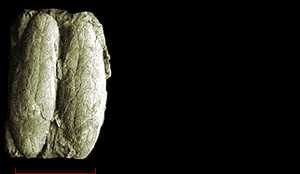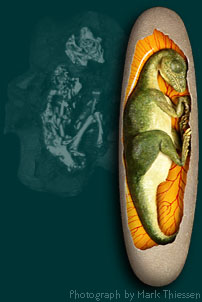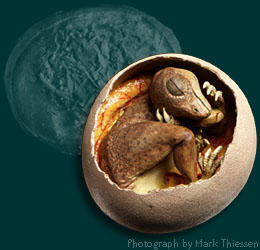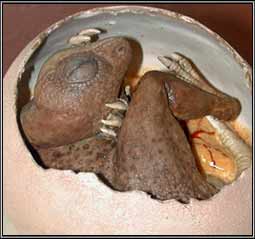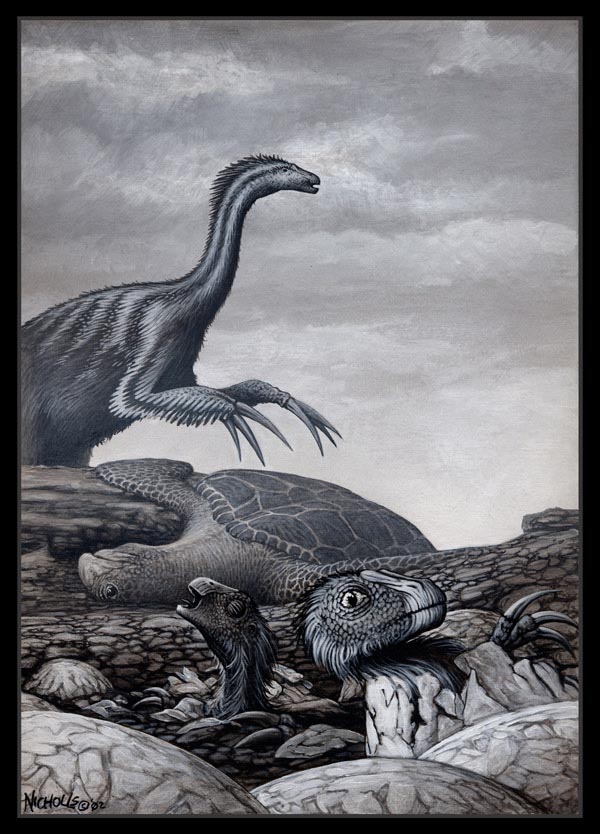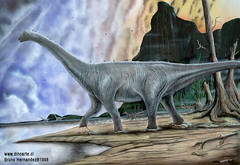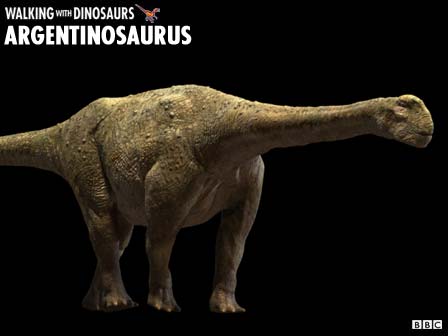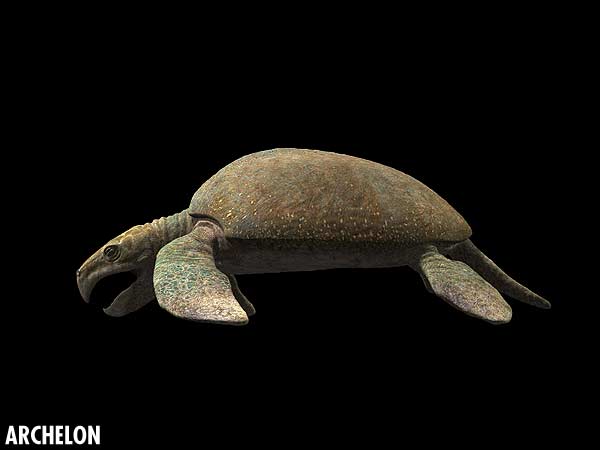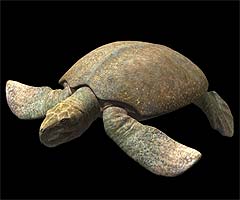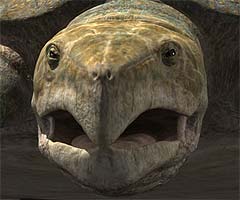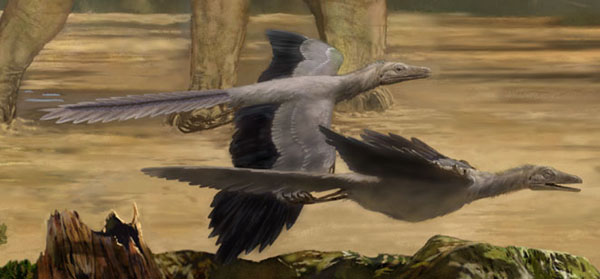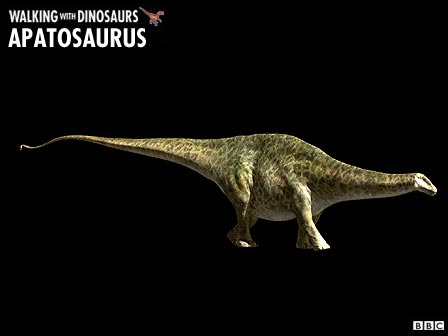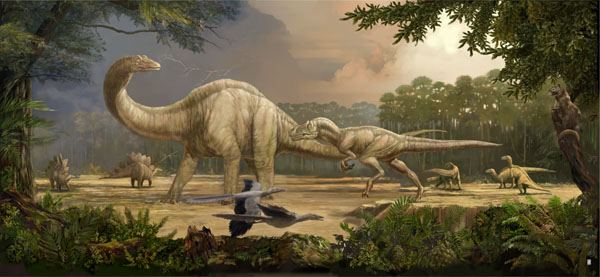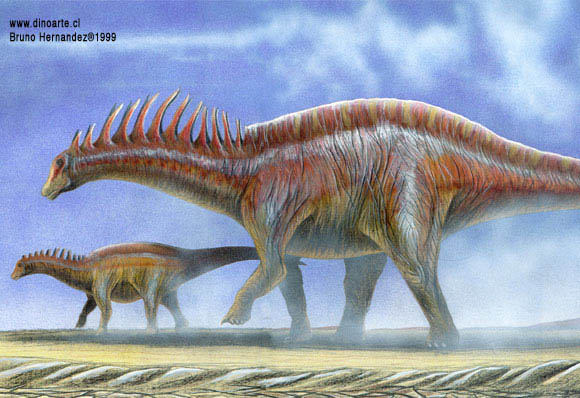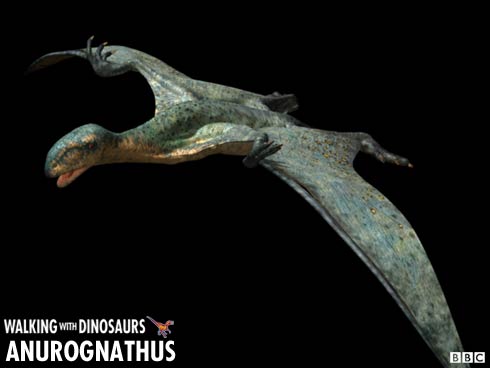 Name Sarcosuchus meaning 'flesh crocodile'
Name Sarcosuchus meaning 'flesh crocodile'
Size 12 metres in length
Weight 8 to 10 tonnes
Diet Carnivorous, an ambush predator
Fossil Finds Sahara Desert, Brazil If the land was the domain of the dinosaurs and the air the domain of the pterosaurs, then the rivers and lakes were controlled by the crocodiles. The king of these was Sarcosuchus. This twelve metre monster would have made light work of even the largest living crocodiles.
If the land was the domain of the dinosaurs and the air the domain of the pterosaurs, then the rivers and lakes were controlled by the crocodiles. The king of these was Sarcosuchus. This twelve metre monster would have made light work of even the largest living crocodiles.
Whereas most Cretaceous crocodiles ate fish, Sarcosuchus was a meat-eater. It would have lived its life in shallow water, lying with its body hidden just underneath the surface. Waiting in ambush.
 Like animals today, the Cretaceous wildlife would have needed to drink regularly and the best place to find water would be a river or lake. As the animal approached the water, Sarcosuchus would have been lying in wait with only its eyes visible above the surface. As the animal bent down to drink, its vision would be momentarily diverted.
Like animals today, the Cretaceous wildlife would have needed to drink regularly and the best place to find water would be a river or lake. As the animal approached the water, Sarcosuchus would have been lying in wait with only its eyes visible above the surface. As the animal bent down to drink, its vision would be momentarily diverted.Sarcosuchus would then strike, bracing its body against the riverbed and springing forward, its jaws wide open. The drinking animal would be at a disadvantage and as soon as Sarcosuchus' jaws clamped onto it, escape would be near impossible. Sarcosuchus would use its size and strength to drag the struggling animal under the water, where it would be drowned.
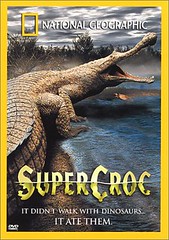
An adult Sarcosuchus would have been capable of attacking and killing quite large dinosaurs.
In many respects, much of Sarcosuchus' lifestyle would have been similar to that of living crocodiles. It would probably have hunted infrequently, preferring to gorge itself every few weeks (or months) and fast in-between. It would almost certainly have laid eggs in a nest and perhaps even have reared its young after they hatched.
One of Sarcosuchus' most noticeable features (other than its size) would have been its large bulbous nose. This would have given it a great sense of smell, possibly to alert it to the presence of prey or to help it locate rotting carcasses. The large nose may also have allowed it to make a deep bellowing noise that may have served as both a warning and a mating call. Sarcosuchus may lived a long time, maybe to 50 years or more.
